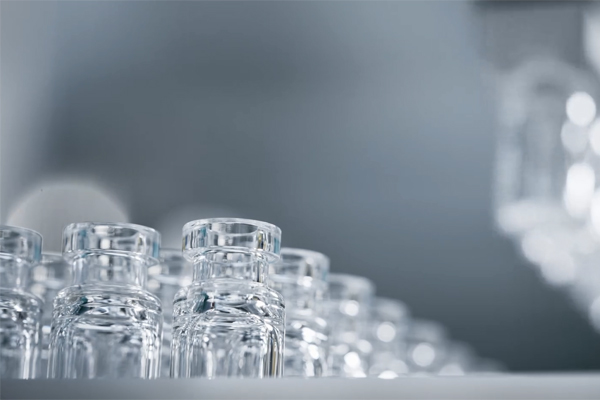In recent years, continuous updates to global pharmacopoeias have placed higher standards on pharmaceutical packaging materials, especially for biologics and high-value injectable drugs. From USP <660> and EP 3.2.2 to JP 61 General Test, regulators worldwide are emphasizing the safety, compatibility, and extractable profiles of primary packaging systems. Against this regulatory backdrop, COP vials have emerged as a compliant and forward-looking packaging solution for biopharmaceutical applications.
Polymer Vial 2ml 5ml 10ml for cell and gene therapies
1. Evolving Standards: From Safety to Performance
Traditional packaging materials such as glass and polypropylene have long been used in injectable drug packaging. However, as biologic drugs like monoclonal antibodies, enzymes, and cell-based therapies become mainstream, new challenges have arisen—protein adsorption, particulate generation, and extractable concerns.
Recent pharmacopoeia updates, including USP <661.1>, USP <661.2>, and EP 3.2.9, have shifted focus from basic material identification to comprehensive performance evaluation. Parameters such as chemical stability, extractables and leachables (E&L), light transmission, and biocompatibility are now key testing indicators.
COP, as an advanced polymer, inherently meets or exceeds many of these requirements, offering a strong compliance foundation for drug manufacturers.
2. Compliance Advantages of COP Vials
(1) Low Extractables and Leachables
COP vials exhibit exceptional purity due to their hydrocarbon-based polymer composition, free from plasticizers, heavy metals, and halogens. Independent studies show that COP generates significantly fewer extractable substances under stress conditions compared with conventional plastics. This directly supports compliance with USP <1663>/<1664> and EP 3.1.15.
(2) Excellent Chemical Inertness
Unlike soda-lime glass, which may release alkali ions, COP is chemically stable across a wide pH range. This prevents drug-container interactions, ensuring the integrity of sensitive biologics and preventing degradation or aggregation—key concerns addressed in ICH Q6A and Q3D*guidelines.
(3) Optical Transparency and Light Protection
Pharmacopoeia standards such as USP <857> require clear containers for visual inspection. COP’s superior optical clarity allows efficient inspection of drug solutions while providing optional UV protection through additive modification, aligning with both visual inspection and photostability requirements (ICH Q1B).
(4) Resistance to Breakage and Thermal Stress
With the growing adoption of automated filling and cryogenic storage for advanced therapies, mechanical durability has become a critical quality attribute. COP vials demonstrate outstanding impact resistance and maintain integrity under temperatures ranging from -196°C to 121°C, supporting cryopreservation and sterilization processes compliant with ISO 11137 and ISO 11135.
3. Aligning with Global Regulatory Expectations
Regulatory authorities including the FDA, EMA, and PMDA increasingly recognize COP vials as a validated primary packaging material for biologics and cell therapy products. Many COP materials are included in the DMF (Drug Master File) database, which simplifies the regulatory submission process for pharmaceutical companies.
Furthermore, COP’s comprehensive testing data—covering extractables, leachables, cytotoxicity, and endotoxin validation—facilitates compliance with GMP Annex 1 and ISO 10993 biological evaluation standards. This reduces the need for repeated material compatibility studies, accelerating product development and approval timelines.
4. Driving Future Trends in Biopharmaceutical Packaging
As pharmacopoeia standards evolve toward a risk-based, performance-oriented approach, the industry is shifting from material compliance to system-level qualification. COP’s versatility allows it to serve in multiple formats—vials, prefilled syringes, and ready-to-use (RTU) containers—offering drug developers a unified, compliant packaging platform.
With increasing global attention on product safety, cold chain stability, and sustainability, COP packaging represents the next-generation solution that meets both current and future regulatory expectations.

Conclusion
The modernization of pharmacopoeia standards marks a new stage in pharmaceutical packaging evolution. COP vials, with their low extractable profile, excellent inertness, and proven regulatory acceptance, provide biopharmaceutical companies with a reliable and compliant pathway toward safer and more efficient drug delivery.
As the industry continues to advance toward high-value biologics and gene therapies, the compliance advantages of COP will not only support regulatory readiness but also drive innovation in global pharmaceutical packaging standards.
Copyright © Shijiazhuang Xinfuda Medical Packaging Co., Ltd. All Rights
MAKE AN ENQUIRY